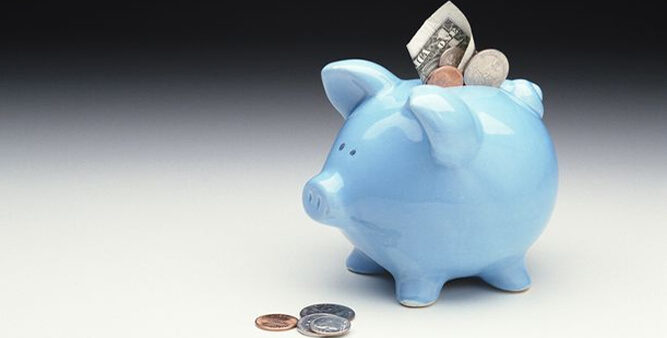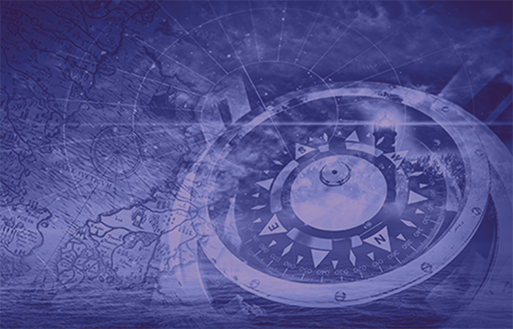
IRAs: Frequently Asked Questions
Table of Contents
- When should I use a rollover to my IRA?
- Is there a downside to an IRA rollover?
When should I use a rollover to my IRA?
That depends on your particular needs and circumstances. Here are some reasons you might want to roll over distributions to your IRA:
- You want to, or have to, take a distribution from your employer’s plan and want these funds to continue to grow tax-free in your own IRA.
- As a self-employed, you are terminating your Keogh plan or retiring from business and want to continue the tax shelter for these distributions.
- You are the beneficiary of a deceased person’s retirement plan and want to continue the tax shelter for these distributions in your own IRA.
Back To Top
Is there a downside to an IRA rollover?
Here are some of the disadvantages of an IRA rollover:
- Rollovers from company or Keogh plans may take away your spouse’s right to share in plan assets.
- IRAs can’t claim the limited tax relief allowed on lump-sum distributions.
Tip: To avoid tax hassles, rollovers should be done between the trustees of the plans involved. In other words, the check should not be made out to you personally, but to the trustee of the rollover account.
Back To Top

